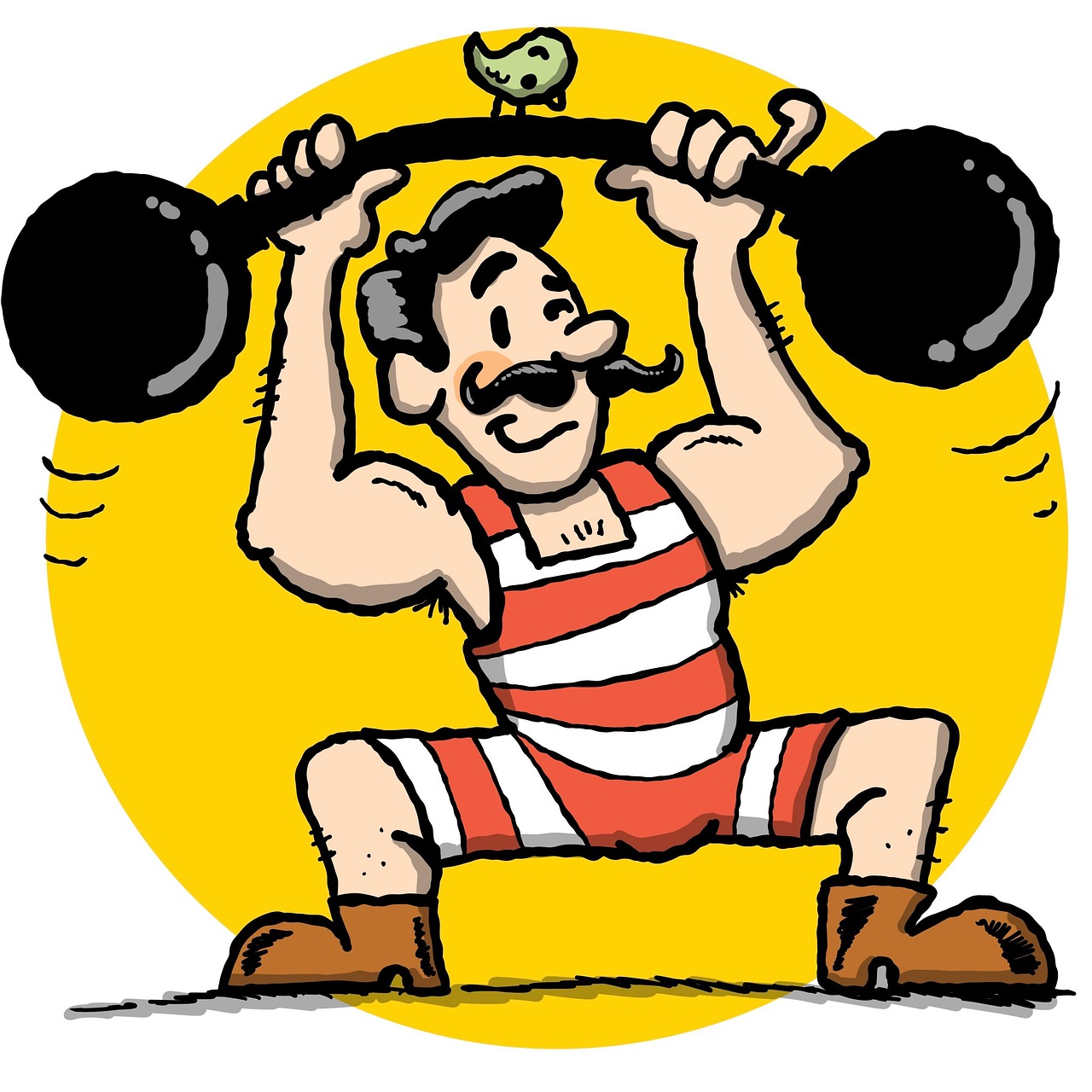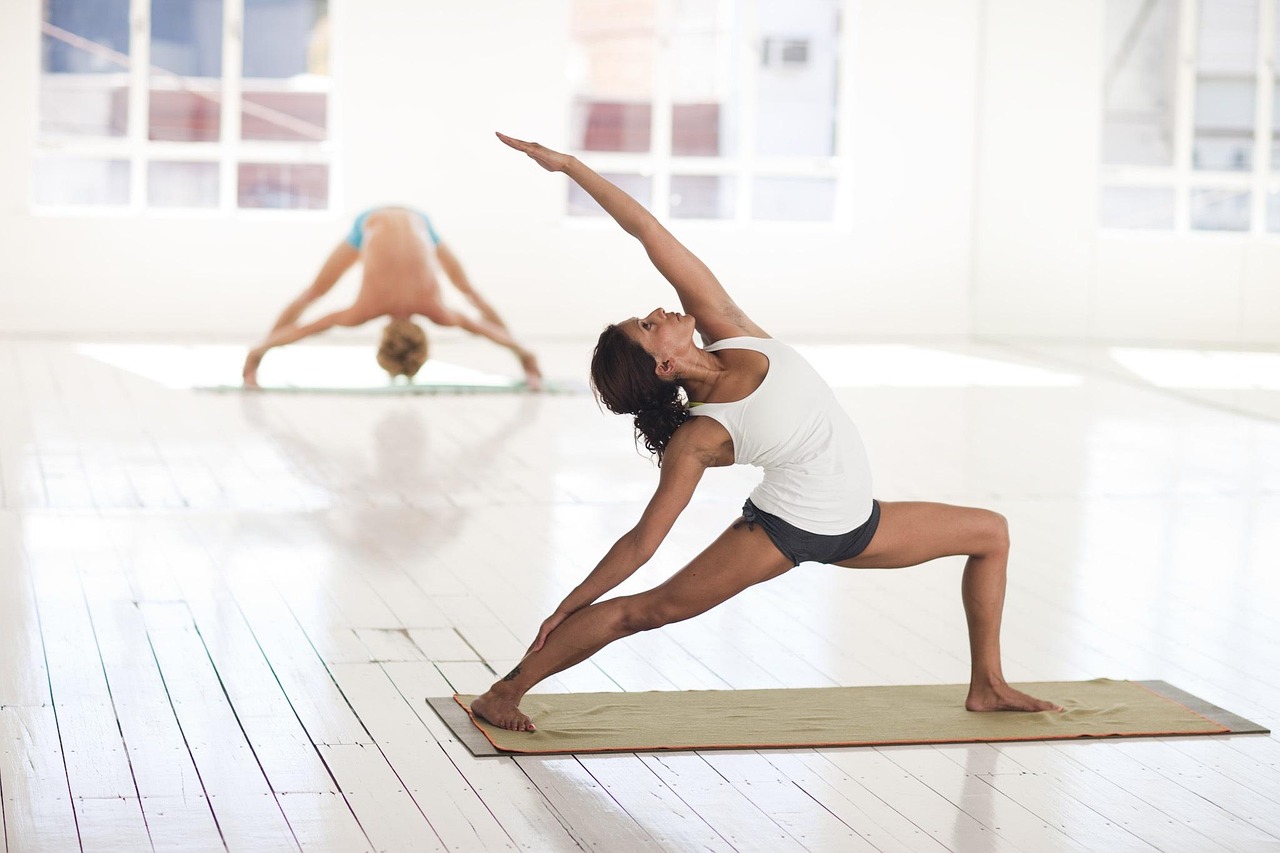Have you ever thought about embarking on a fitness journey but felt a bit overwhelmed by where to start? You’re not alone! Many beginners face the same feelings of uncertainty when they decide to prioritize their health. Fortunately, with a bit of guidance and some essential fitness tips, you can set yourself up for success. Here are 25 tips designed specifically for beginners like you.
Set Realistic Goals
When beginning your fitness journey, setting achievable targets is vital. Instead of aiming for a drastic transformation in just a few weeks, break your goals into smaller, manageable parts. This could mean choosing to exercise three times a week or gradually increasing the duration of your workouts.
Why Realistic Goals Matter
Realistic goals prevent disappointment and help you stay motivated. When you accomplish small tasks, you build confidence, seeing that your efforts are paying off. Additionally, it allows for adjustments. If you find that you are consistently meeting your goals, you can challenge yourself to take on harder tasks.
Start With Bodyweight Exercises
You don’t need a gym membership or fancy equipment to get started. Bodyweight exercises are a fantastic way to build strength and improve your fitness level without any financial commitment.
Benefits of Bodyweight Exercises
Bodyweight moves like push-ups, squats, and lunges can be done anywhere, anytime. They help in developing functional strength and can be easily modified to suit your fitness level. By focusing on your own body weight, you also minimize the risk of injury since you’re not lifting heavy objects right away.
Learn Proper Technique
Understanding the correct form is crucial in preventing injuries and ensuring that you’re working the right muscles. Take time to research exercises and consider watching videos or working with a trainer in the beginning.
How to Master Proper Technique
Pay close attention to your alignment and movements. For instance, when doing a squat, knees should not extend over your toes, and your back should stay straight. Practicing in front of a mirror can also help you rectify your form.

Track Your Progress with AI Tools
In our tech-savvy world, there are numerous apps available to help track your workouts and monitor your progress. Using AI tools can provide you with valuable insights and keep you accountable.
Advantages of Technology in Fitness
Many fitness apps allow you to log your workouts, daily steps, and even your nutrition. This not only helps you to see where you are making improvements but can also provide encouragement through reminders and notifications. You might discover patterns that can help you refine your routine further.
Stay Hydrated
Hydration plays a pivotal role in your fitness journey. Staying well-hydrated improves your endurance, performance, and overall health.
Tips for Staying Hydrated
Aim to drink water throughout the day rather than chugging large quantities during your workouts. A good rule of thumb is to drink at least half your body weight in ounces of water daily. For example, if you weigh 150 pounds, aim for 75 ounces of water.
Incorporate Cardiovascular Training
Cardio helps build your endurance and burn calories. Incorporating activities like running, cycling, or swimming into your routine can enhance your fitness level.
Finding Cardio You Enjoy
The best cardio is one you enjoy, so try different activities. If running seems boring, try a dance class, hiking, or even a fun sports game with friends. Enjoyable activities are more likely to become a regular part of your routine.

Strength Training is Key
Building muscle not only tones your body but also boosts your metabolism. Strength training should be a part of your weekly schedule, focusing on all major muscle groups.
When to Start Strength Training
It’s often recommended that beginners start with bodyweight workouts before gradually incorporating weights. This ensures that you have the necessary strength and understanding of movements before adding extra resistance.
Don’t Skip the Warm-Up and Cool Down
Warming up prepares your body for exercise and reduces the risk of injury. Likewise, cooling down helps your body recover and prevent soreness.
Example Warm-Up Routine
A simple five to ten-minute warm-up can include dynamic stretches like arm circles, leg swings, and jumping jacks. After a workout, take time to stretch major muscle groups to assist in recovery.
Listen to Your Body
It’s easy to push through discomfort or fatigue, especially when you’re motivated. However, listening to your body is crucial. If something doesn’t feel right, take a break.
Recognizing Signs of Overtraining
Signs of overtraining can include persistent fatigue, irritability, or loss of motivation. If you notice these symptoms, consider taking a rest day or revising your workout schedule.

Build a Support System
Having a solid support system can make your fitness journey more enjoyable and keep you accountable. This can be friends, family, or a fitness community online or in-person.
How to Find Your Network
Join local fitness classes or online groups to meet like-minded individuals. Sharing your progress and challenges can motivate you to stay on track.
Mix Up Your Routine
To prevent boredom and keep all muscles challenged, vary your workouts. Combining strength training, cardio, and flexibility exercises can keep things fresh.
Creating a Balanced Routine
Consider scheduling different workouts for each day of the week. For example, you could do strength training on Mondays and Wednesdays, cardio on Tuesdays and Thursdays, and a yoga session on Fridays.
Prioritize Rest and Recovery
Your muscles need time to recover and rebuild after workouts. Schedule rest days to allow your body to repair itself.
Effective Recovery Techniques
Engaging in active recovery activities, such as light walking or yoga, can help maintain blood flow while allowing your muscles to recuperate. Additionally, consider quality sleep essential for effective recovery.

Stay Consistent
Consistency is key to seeing results. Even on days when motivation dips, establishing a routine can help push you through.
Tips to Maintain Consistency
Set reminders on your phone or create a workout calendar. Treat your workouts like important appointments that you cannot cancel. The routine will soon become a habit.
Educate Yourself About Nutrition
A healthy diet contributes significantly to your fitness goal. Understanding nutritional principles will aid in maximizing your efforts at the gym or during workouts.
Basic Nutrition Tips
Focus on whole foods such as fruits, vegetables, lean proteins, and whole grains. Small changes, like replacing sugary snacks with healthier options, can lead to significant improvements over time.
Set a Timeline
Setting a timeline can help keep you focused and motivated on your fitness journey. It keeps you accountable while allowing you to track your progress along the way.
Creating a Fitness Timeline
Map out short-term and long-term goals. For instance, you might aim to work out four times a week for three months, then evaluate and adjust your goals based on your results and how you feel.
Find a Workout Buddy
A workout partner can provide needed motivation and make exercising more fun. Connecting with someone will give you extra accountability and encouragement.
Benefits of a Workout Buddy
You can share tips, and progress, and challenge each other to push beyond your limits. Working out can transform from a chore into a social activity.
Keep a Journal
Journaling your fitness journey can foster greater mindfulness regarding your progress and mindset. It helps you reflect on what works and what doesn’t.
What to Include in Your Journal
Document your workouts, how you felt during workouts, and your dietary intake. Writing out your experiences enhances self-awareness and strengthens your commitment.
Set Timely Checkpoints
Regularly evaluating your progress helps keep you on track. You might consider doing this monthly or bi-monthly to check whether you’re moving towards your goals.
What to Assess During Checkpoints
Review your fitness level, dietary habits, and emotional well-being. This allows you to adjust your routine as needed, ensuring you stay aligned with your long-term goals.
Avoid Comparing Yourself to Others
It’s easy to get caught up in how others are progressing. However, everyone’s journey is unique, and comparing yourself to others can lead to discouragement.
Cultivating a Positive Mindset
Celebrate your own achievements, no matter how small. Focus on your progress and embrace where you are on your journey, knowing that persistence is what leads to success.
Seek Professional Guidance
Consider working with a certified personal trainer if you’re unsure about your form or need help creating an effective workout plan.
Benefits of Professional Support
A trainer can provide personalized recommendations based on your fitness level. They’re trained to help you avoid injury and can offer motivation tailored just for you.
Enjoy the Process
Lastly, one of the most essential fitness tips is to simply enjoy the process! Your fitness journey should not be a punishment; it should be empowering.
Finding Joy in Fitness
Try to seek enjoyment in your workouts. Whether it’s joining a class, listening to music, or exploring outdoor activities, find what makes you smile, as that’ll encourage longevity in your journey.
Conclusion
Starting a fitness journey can be an exciting but daunting experience. With these 25 essential tips, you now have a comprehensive roadmap laid out before you. Remember, everyone starts somewhere, so take pride in the progress you make, however small. Embrace the journey, and most importantly, have fun along the way! The best part of fitness is discovering what works for you and celebrating each step you take towards a healthier lifestyle. Happy training!










